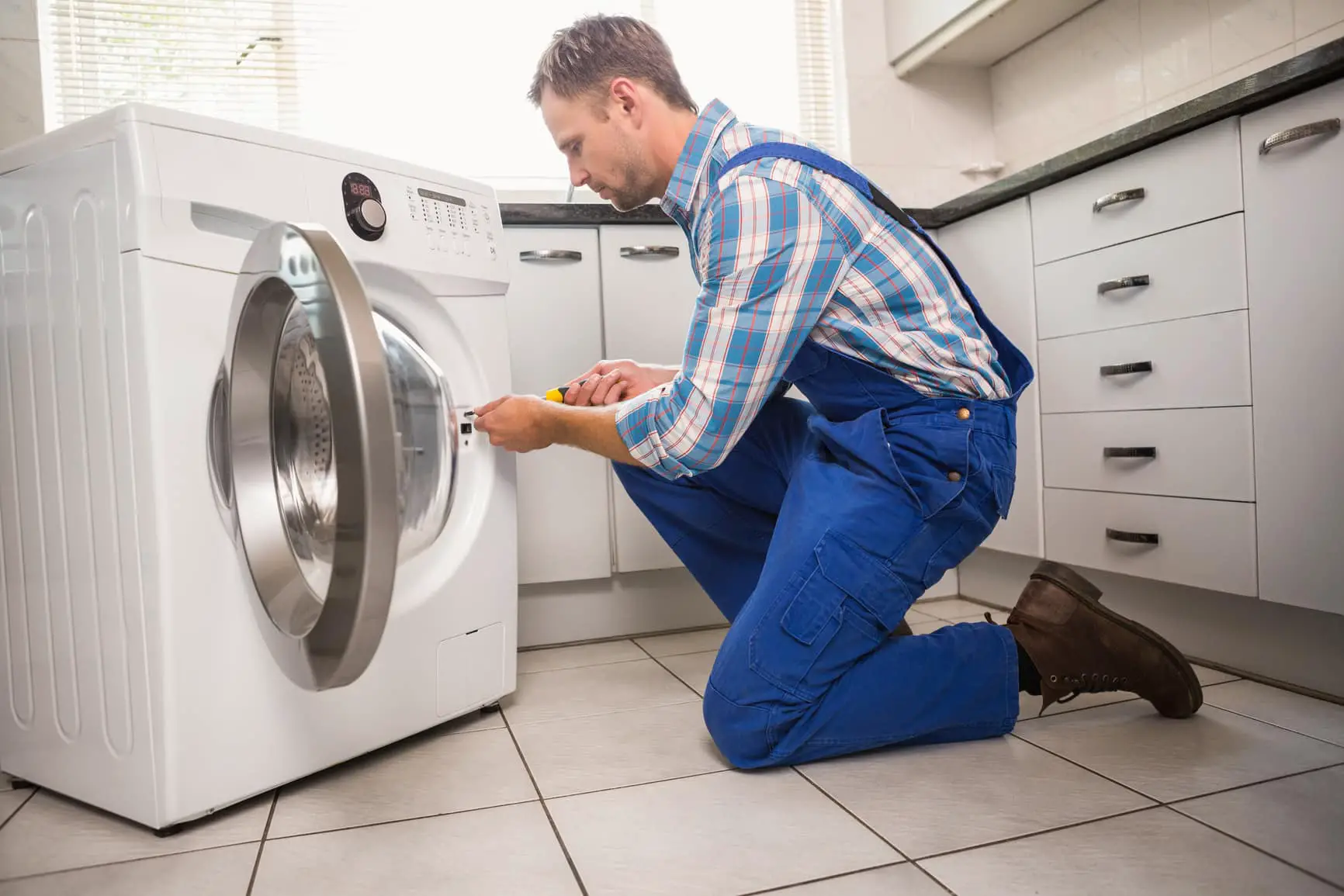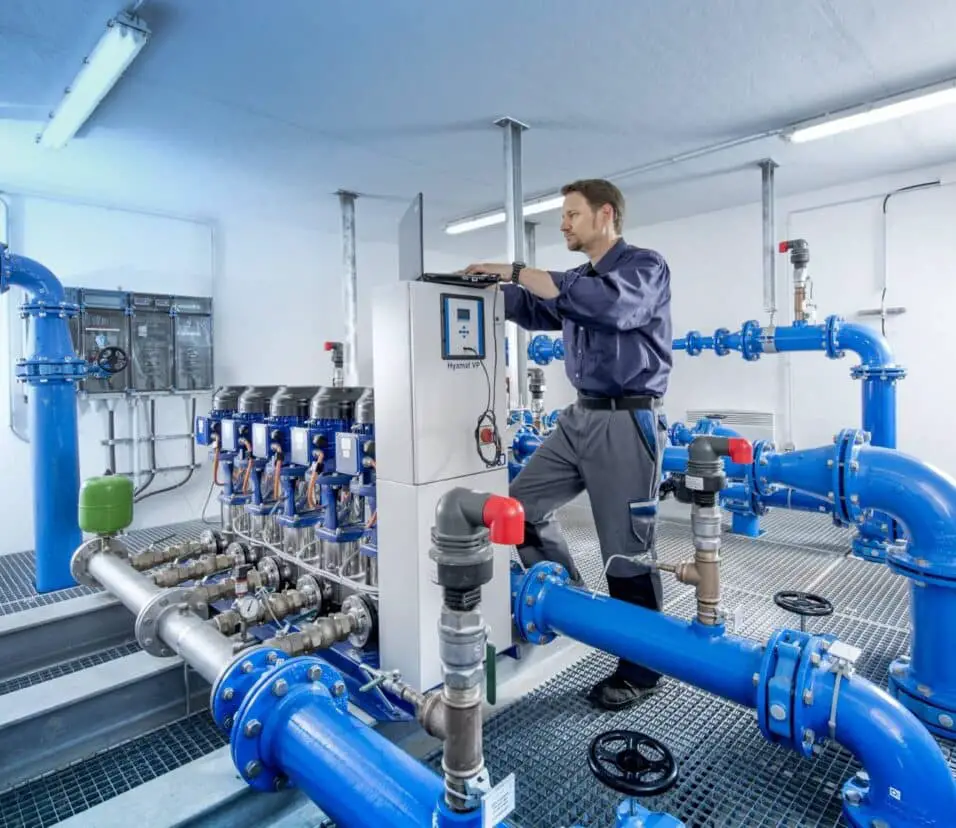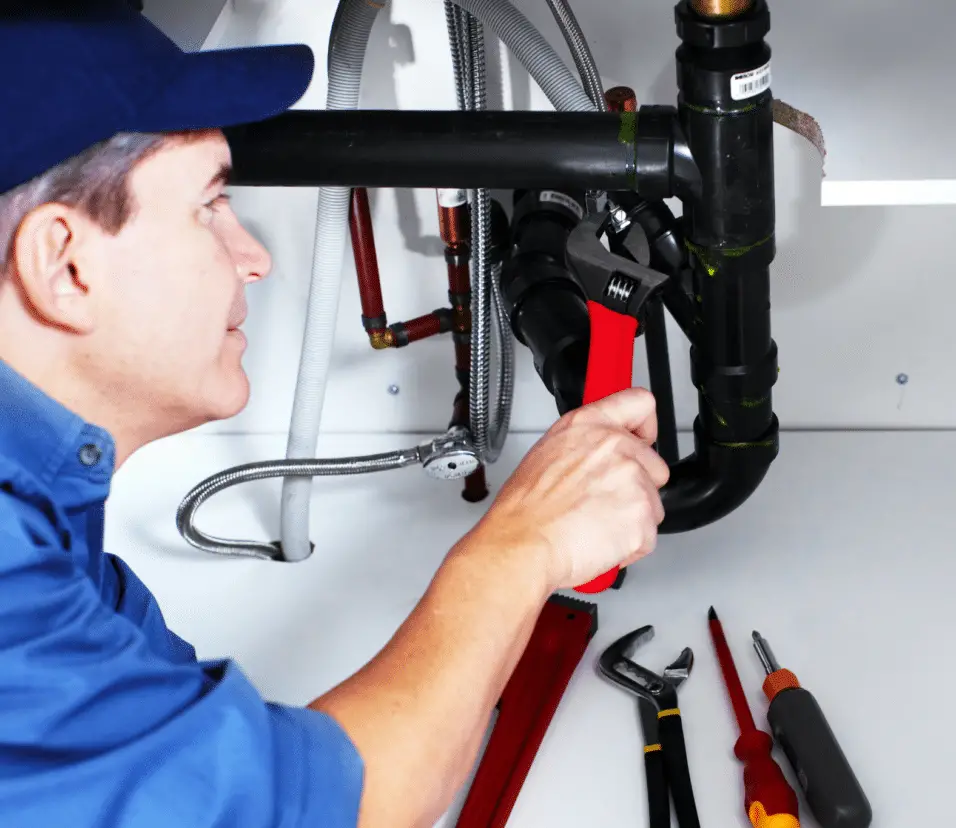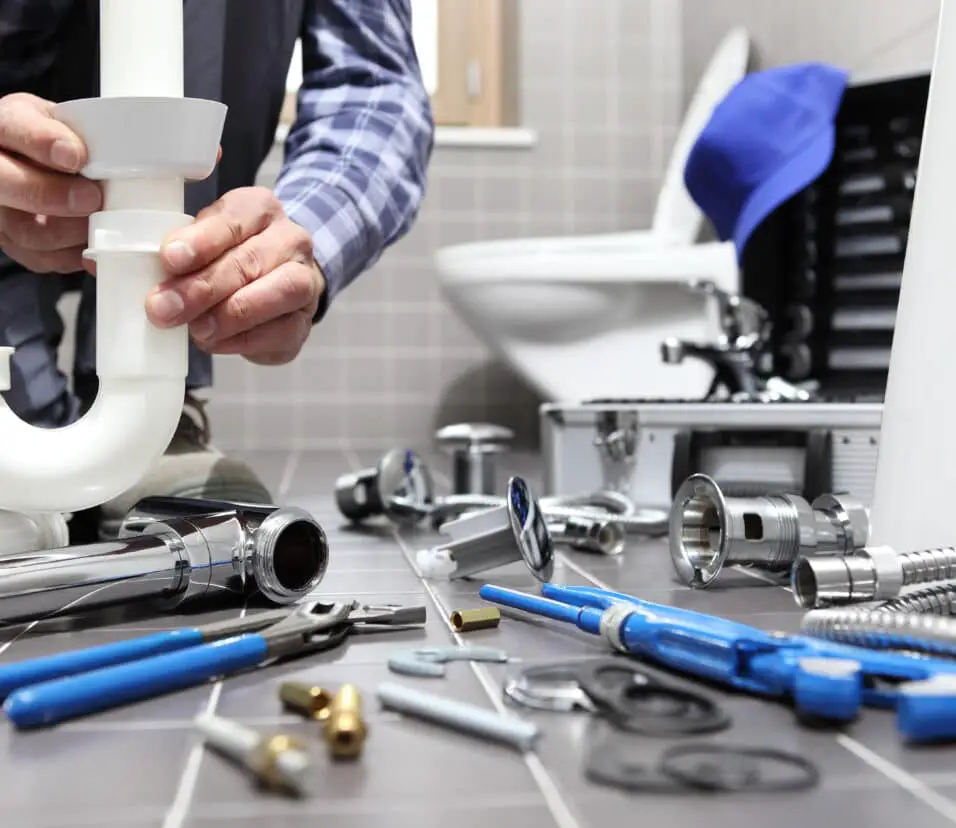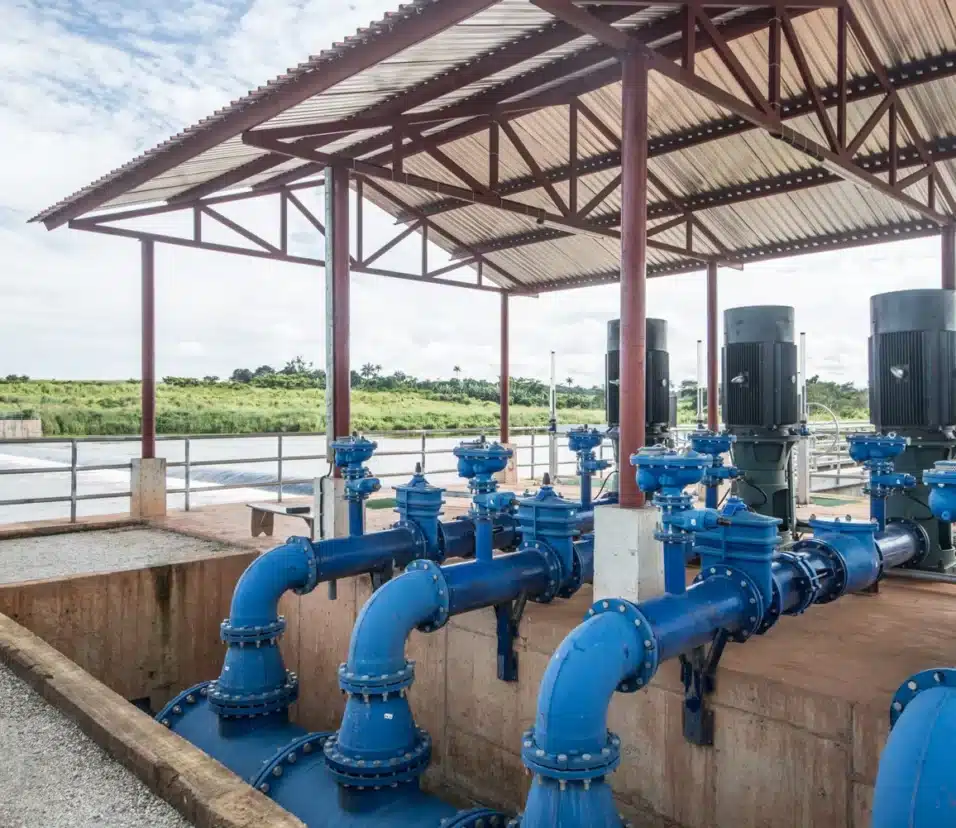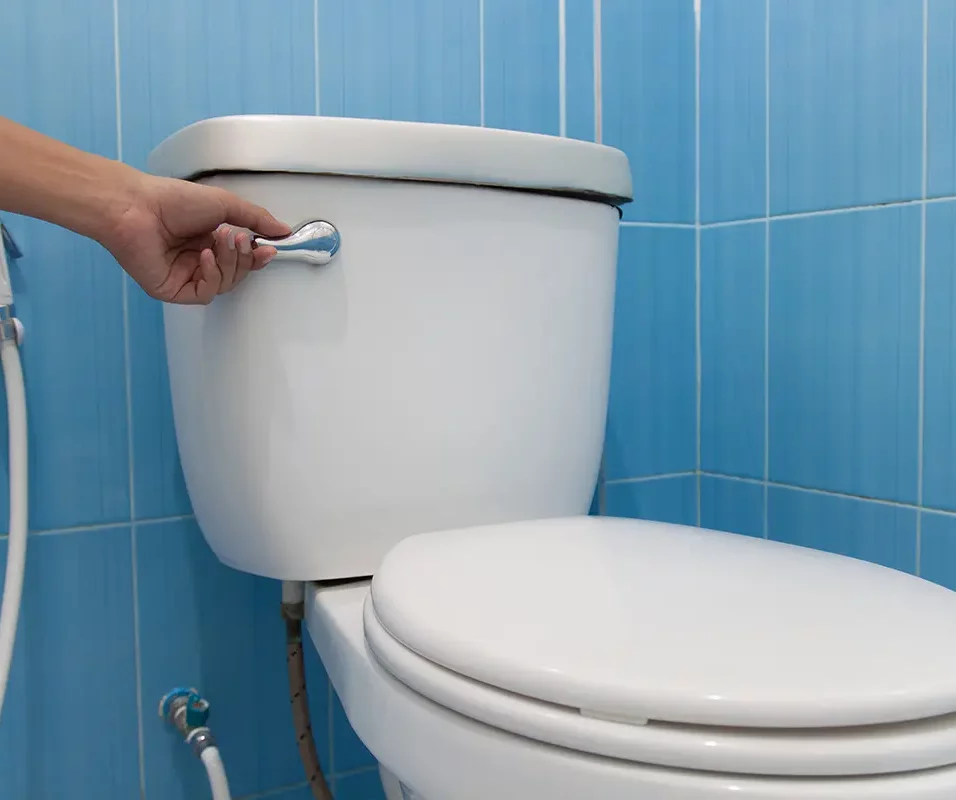How To Fix Water Supply To Washing Machine
Introduction
How To Fix Water Supply To Washing Machine: Discovering an issue with the water supply to your washing machine can be a frustrating experience, but fear not! In this guide, we will explore effective methods to address and resolve common water supply problems encountered by washing machine owners. Whether you’re facing low water pressure, leaks, or complete water flow interruptions, our three paraphrased introductions will equip you with the knowledge to tackle these issues head-on and restore your washing machine’s functionality.
When your washing machine’s water supply malfunctions, it can disrupt your laundry routine and cause inconvenience. Fortunately, there are practical solutions to address these problems and get your appliance back on track. This guide presents three paraphrased introductions, each offering valuable insights into troubleshooting and fixing water supply issues affecting your washing machine.
A well-functioning washing machine relies heavily on a consistent and reliable water supply. However, issues such as leaks or water flow disruptions can hamper its performance. If you’re facing these challenges, don’t worry—our guide is here to help. We’ve prepared three paraphrased introductions, each outlining effective methods to fix water supply problems and restore your washing machine’s efficiency. Get ready to bid farewell to those laundry day woes!
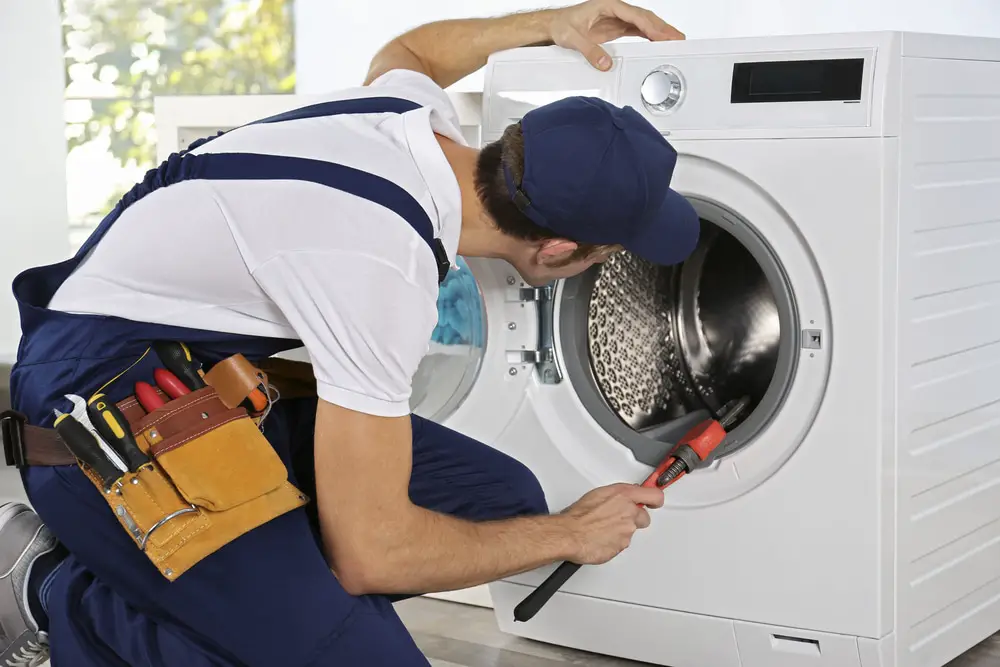
Why is my washing machine not getting water supply?
Check that there are no kinks in the cold water fill hose.
The supply hose may be kinked. Check that there are no kinks in the cold water fill hose and the waste water hose by pulling the appliance out slightly. Untwist any visible kinks or bends in these hoses. Move the appliance back and ensure correct placement.
If your washing machine is not receiving water supply, there could be several potential reasons behind the issue. Let’s explore some common factors that might be causing this problem.
Water Supply Valve Issue
Check the hot and cold water supply valves for full operation. The valve may mistakenly close, preventing machine water flow.
Clogged Inlet Screens
Washing machines have small mesh screens in their water inlet hoses. These screens can get clogged with debris and mineral deposits over time, obstructing the water flow. Inspect and clean these screens regularly.
Kinked or Damaged Hoses
Examine the water hoses connecting the machine to the water supply. Look for any kinks, twists, or visible damage. A damaged hose can prevent water from reaching the washing machine.
Water Pressure Issues
Low water pressure in your home can affect the filling of the washing machine. Make sure the water pressure is sufficient for the machine to function correctly.
Faulty Water Inlet Valve
The water inlet valve inside the washing machine could be defective and need replacement. A malfunctioning valve won’t allow water to enter the machine.
Electronic Control Board Problems
Sometimes, electronic control board malfunctions can disrupt the water intake process. This issue may require professional diagnosis and repair.
Blockage in the Water Line
If there’s a blockage in the water line leading to the washing machine, it will hinder water supply. Check for any obstructions in the plumbing system.
If you’ve checked the common causes mentioned above and still can’t determine the problem, it’s advisable to contact a qualified appliance technician for further inspection and repair. They can diagnose the issue accurately and restore your washing machine’s water supply effectively. Remember, safety always comes first, so it’s best to unplug the machine before attempting any troubleshooting.
What is a water line fitting?
Pipe fittings, also known as pipe connectors, attach one pipe to another in order to lengthen the run or change the flow direction in a plumbing system. These are used to combine, divert or reduce the flow of the water supply, and they come in a variety of sizes to fit the pipe they will connect.
A water line fitting, also known as a water line connector or plumbing fitting, is an essential component in plumbing systems that facilitates the connection of water supply lines. It serves as the intermediary link between pipes, ensuring a secure and leak-free joint. These fittings are designed to accommodate various pipe materials, including copper, PVC, PEX, and CPVC, making them versatile for different plumbing applications.
Water line fittings come in a wide range of shapes, sizes, and configurations, each serving specific purposes. Common types of fittings include couplings, elbows, tees, adapters, and valves. Couplings are used to join two pipes together, while elbows create a right angle turn in the pipe. Tees allow for branching of pipes into multiple directions, and adapters enable connections between different pipe materials.
Choosing the right water line fitting is crucial for a reliable plumbing system. The fitting must be compatible with the pipe material, and the joint should be properly sealed to prevent leaks and ensure efficient water flow. Proper installation techniques and adherence to plumbing codes are essential to guarantee the longevity and functionality of the water line fittings in any plumbing project. Regular maintenance and inspections of fittings are also vital to detect and address any potential issues promptly, avoiding costly water damage and disruptions to the water supply.
Why is my IFB washing machine not taking water?
No water entering the washing machine
Water may not be entering the washing machine because: Tap may not be ON or there may be no water supply or low pressure. Door may not be closed properly. Inlet hose may be bent; sieve or inlet valve/inlet hose may be clogged.
If your IFB washing machine is not taking water, several potential reasons could be causing the issue. Firstly, ensure that the water supply to the machine is turned on and that there are no kinks or blockages in the inlet hose. Check the water pressure as low pressure may hinder the machine from filling properly.
Another common culprit is a malfunctioning water inlet valve. This valve controls the flow of water into the washing machine and may get clogged or damaged over time. A thorough inspection and potential replacement may be necessary.
Additionally, a faulty water level sensor could be causing the problem. The sensor determines the water level in the drum and might fail to signal the machine to fill up with water. Cleaning or replacing the sensor may be required.
Why is my washing machine humming but not filling with water?
Inspect the Water Supply
If your machine is not accepting water and is rather producing a weird hum, chances are that there is no flow of water. First of all, ensure that all the valves are turned on. Then turn off the machine, switch off the water supply, and remove the fill hoses from the valve.
If your washing machine is humming but not filling with water, there are several potential reasons behind this issue. Understanding the possible causes can help you troubleshoot and resolve the problem effectively.
Water Supply Issue
Check if the water supply valves are fully open and not clogged. Sometimes, sediment or debris can block the water flow, preventing the machine from filling properly.
Faulty Water Inlet Valve
The humming sound could be due to a malfunctioning water inlet valve that is not opening to allow water into the machine. In this case, the valve may need to be replaced.
Water Pressure Problems
Low water pressure can affect the washing machine’s ability to fill properly. Ensure that the water pressure in your home is sufficient for the machine to function correctly.
Faulty Water Level Sensor
The water level sensor, also known as the pressure switch, plays a crucial role in detecting the water level in the machine. If it is defective, the machine may not recognize that it needs to fill with water.
Clogged Filters
Washing machines have filters to trap debris from the water supply. Over time, these filters can get clogged, restricting water flow. Clean or replace the filters regularly.
Faulty Control Board
A malfunctioning control board can cause various issues in the washing machine, including problems with water intake. If the humming sound is coming from the control board, it may need professional repair or replacement.
Drain Hose Placement
Ensure that the drain hose is positioned correctly. If it is positioned too low, it can lead to siphoning, which prevents water from filling up in the machine.
If you are unsure about diagnosing or fixing the problem, it is best to seek assistance from a qualified technician or a washing machine repair service. They can accurately identify the issue and provide the necessary repairs to get your washing machine functioning normally again.
What is inlet valve in washing machine?
The washing machine water inlet valve on your washer is the part that connects the two water hoses to the machine, and it controls the flow of both hot and cold water. There is little that you can do to repair the valve itself, but you can try to clean the two inlet ports to restore full water flow.
The inlet valve in a washing machine is a crucial component responsible for controlling the flow of water into the machine during the wash cycle. As the name suggests, it serves as the entry point for water into the appliance. The inlet valve is typically located at the back of the washing machine and is connected to the water supply hoses.
When you start a wash cycle, the washing machine sends an electrical signal to the inlet valve, prompting it to open and allow water to enter the machine’s tub. The valve remains open until the required water level is reached, at which point it closes to prevent any further water from flowing in. This process is automated and controlled by the washing machine’s electronic circuitry.
In modern washing machines, inlet valves are often designed to be solenoid-operated, which means they are activated by an electromagnetic coil. This mechanism allows for quick and precise control of water flow, enhancing the machine’s efficiency and performance.
How do I fix a leaking washing machine hose?
To fix a leaking washing machine hose, start by turning off the water supply and unplugging the machine. Carefully inspect the hose for any cracks or damage. If the hose is damaged, replace it with a new one, making sure to use hose clamps to secure the connections properly. Regularly inspecting and replacing worn-out hoses can help prevent leaks and water damage.
Fixing a leaking washing machine hose is a straightforward task that can save you from potential water damage and costly repairs. Here’s a step-by-step guide to help you resolve the issue:
Turn off the water supply
Start by shutting off the water supply valves connected to the leaking hose. These valves are usually located near the back of the washing machine.
Unplug the washing machine
For safety purposes, unplug the washing machine from the electrical outlet to avoid any risk of electric shock.
Examine the hose
Inspect the hose carefully to identify the source of the leak. It could be due to a loose connection, a damaged hose, or a worn-out rubber seal.
Tighten the connections
If the leak is caused by loose connections, use pliers to tighten them securely. Be careful not to overtighten, as this can cause damage.
Replace damaged hoses or seals
If the hose or rubber seals are visibly damaged, it’s best to replace them. Purchase a compatible replacement from a hardware store or contact the manufacturer for genuine parts.
Apply thread seal tape
For threaded connections, wrapping some thread seal tape around the threads before reassembling can help prevent leaks.
Reconnect and test
Once you’ve made the necessary repairs or replacements, reconnect the hose and turn on the water supply. Run a short test cycle to check for any leaks.
Monitor for leaks
Keep an eye on the hose for a few days after the repair to ensure that the issue has been fully resolved.
Remember, if you’re uncomfortable performing the repair yourself, it’s always best to seek assistance from a professional plumber or appliance repair technician. Regularly inspecting your washing machine hoses and replacing them every few years can prevent future leaks and maintain the smooth functioning of your appliance.
How do I increase the water supply pressure to my washing machine?
To increase water supply pressure to your washing machine, start by checking if the water supply valves are fully open. If the pressure is still low, consider installing a water pressure booster pump to enhance the flow. However, it is essential to consult with a professional plumber before installing a booster pump, as improper installation can cause damage to the washing machine or other plumbing components.
To increase the water supply pressure to your washing machine, there are several steps you can take to improve its performance and efficiency. Before attempting any adjustments, ensure you follow safety guidelines and consult a professional plumber if you’re uncertain about making changes to your plumbing system.
Check the supply valves
Ensure that the water supply valves connected to your washing machine are fully open. Sometimes, these valves can accidentally be partially closed, leading to reduced water pressure. If they are not fully open, turn them clockwise to open them completely.
Clean the filters
Washing machine hoses often have screens or filters at the inlet to prevent debris from entering the machine. Over time, these filters can get clogged, reducing water flow. Disconnect the hoses and clean the filters thoroughly, removing any accumulated dirt or sediment.
Upgrade the hoses
Consider using high-quality, reinforced hoses for your washing machine. Standard hoses may restrict water flow, but upgrading to braided steel or burst-proof hoses can help maintain better pressure and prevent leaks.
Check the water pressure regulator
Locate the water pressure regulator in your home’s plumbing system and ensure it is functioning correctly. If it’s malfunctioning or set to low pressure, adjusting or replacing it can help increase the water pressure throughout your house, including the washing machine.
Inspect for leaks
Check all connections and hoses for leaks or damages. Even minor leaks can significantly affect water pressure. Repair or replace any faulty parts to optimize water flow.
Elevate the washing machine
Placing your washing machine on a pedestal or platform can enhance water pressure as it creates a greater height difference between the machine and the water supply source.
Consult a professional
If you’ve tried these steps and still experience low water pressure, it’s best to consult a professional plumber. They can assess your plumbing system, identify any underlying issues, and recommend the most suitable solutions to increase water supply pressure safely and effectively.
Remember, safety is paramount, and any adjustments to your plumbing system should be done with care and expertise.
Why is my washing machine not filling with water?
If your washing machine is not filling with water, there could be several reasons. Check if the water supply valves are fully open, inspect the hoses for kinks or blockages, and ensure the water pressure is within the normal range. Additionally, a malfunctioning water inlet valve or faulty water level sensor could be causing the issue.
If your washing machine is not filling with water, there could be several reasons behind this issue. One common cause is a problem with the water supply. Start by checking if the water faucets supplying the washing machine are fully turned on and if there are any kinks or blockages in the water hoses. Sometimes, debris can clog the hose filters, restricting water flow.
Another possibility is a faulty water inlet valve. This valve is responsible for controlling the water flow into the machine, and if it’s malfunctioning or clogged, it may prevent water from entering the appliance.
Additionally, a malfunctioning water level sensor or pressure switch might be the culprit. This component detects the water level inside the washing machine and signals the water inlet valve to shut off when the desired level is reached. If the sensor is not working correctly, the machine may not fill with water as expected.
In some cases, issues with the electronic control board or timer can also lead to the machine’s failure to fill with water. Faulty connections, blown fuses, or other electrical problems may disrupt the normal water fill cycle.
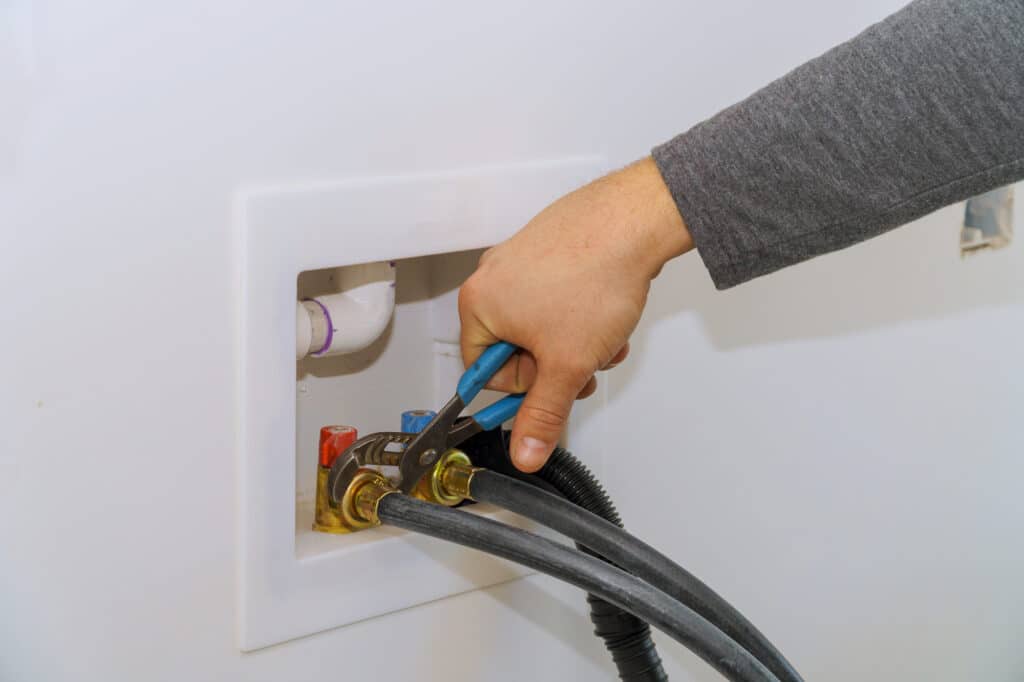
Conclusion
Mending the water supply to your washing machine is a task that can be accomplished with the right guidance and approach. By following the steps outlined in this guide, you can resolve common water supply issues and ensure your washing machine operates efficiently. Remember to check for leaks, examine hoses and connections, and verify water pressure to address any potential problems that might hinder the appliance’s performance.
As we come to the end of this comprehensive guide on fixing the water supply to your washing machine, it becomes clear that addressing water-related issues doesn’t have to be daunting. Armed with the knowledge provided here, you can confidently troubleshoot and resolve water supply problems, allowing your washing machine to function optimally once again. Regular maintenance and prompt attention to any water supply concerns are key to keeping your appliance running smoothly.
To sum up, restoring proper water supply to your washing machine is an achievable task with the right know-how. The step-by-step solutions discussed in this guide offer effective ways to tackle common issues and ensure a seamless laundry experience. By applying these techniques, you can avoid potential downtime and costly repairs, providing a reliable water supply that keeps your washing machine in top-notch condition for the long haul.



